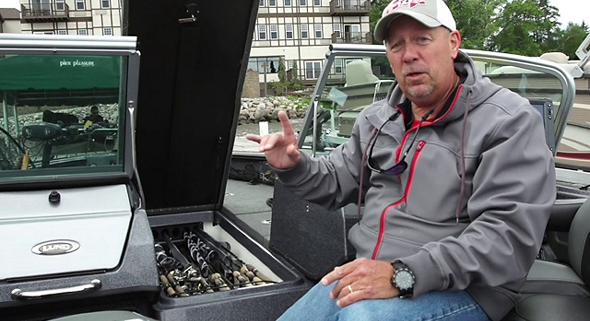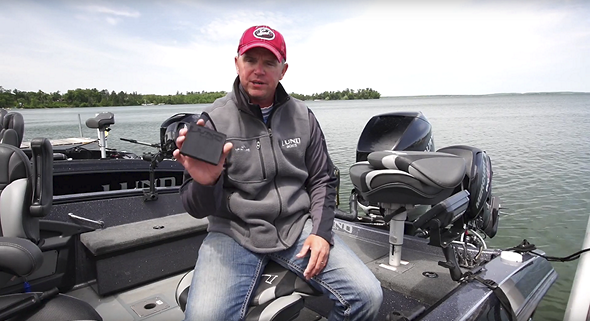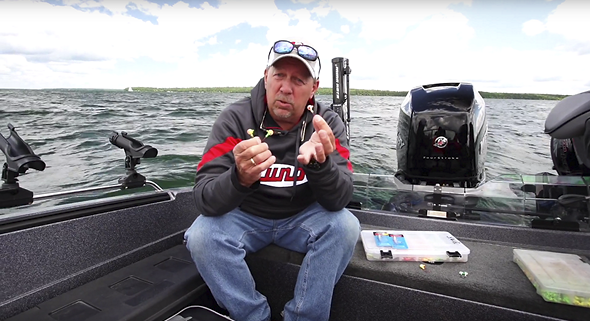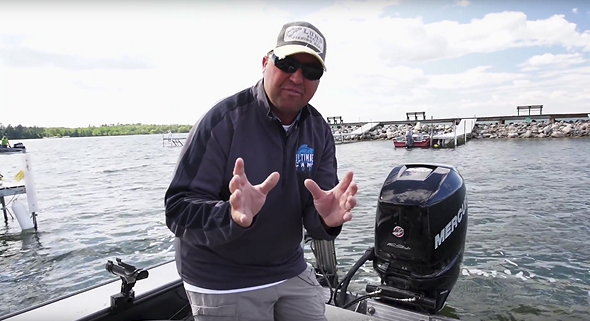How to Choose the Right Boat Propeller
Choosing the best propeller for your boat can boost performance and help ensure your engine’s longevity.
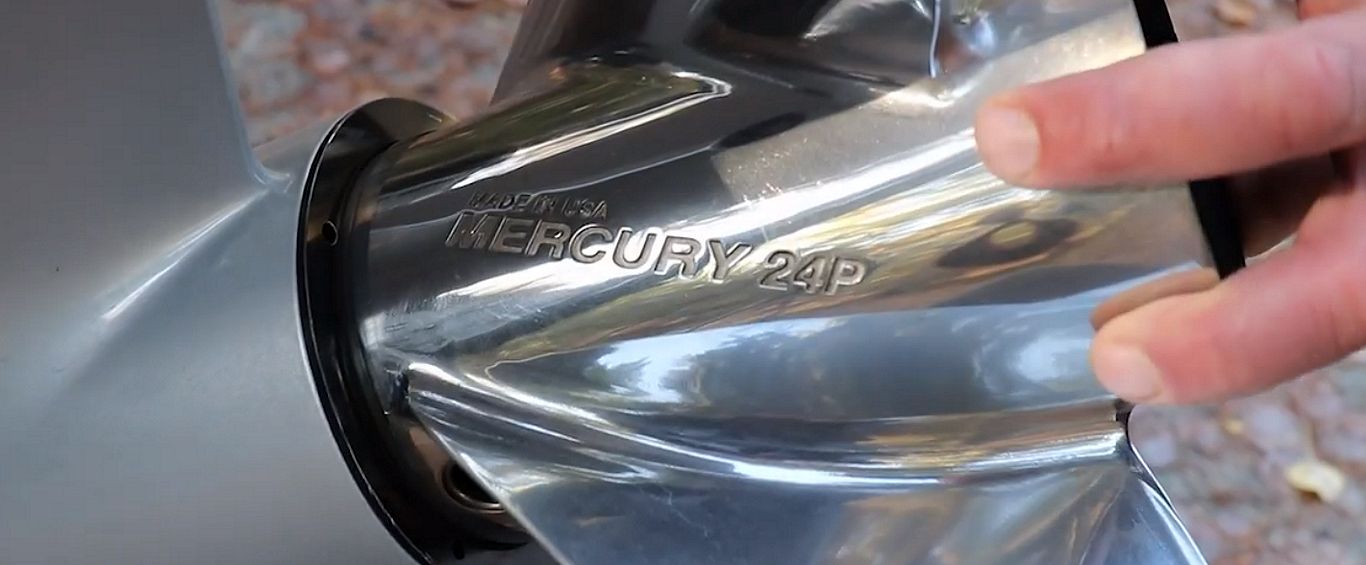
Running your Lund boat with the correct propeller is critical. It will maximize the boat’s performance and efficiency, and just as important, spinning the wrong prop can overwork your engine and shorten its lifespan. True, most boat-motor packages come with a good propeller choice right from the dealer, but depending on how you use your boat or alter its load, swapping for a different prop may be the right move.
3 Critical Considerations for Boat Propeller Selection
1. Propeller Material
As a rule, stainless-steel props enhance performance as compared to aluminum because the blades flex less. Swap from aluminum to stainless, and you’ll often see. your speed notch up two or three mph.
2. Number of Blades
In the vast majority of cases a three-bladed prop is the best pick. However, if you constantly bring lots of friends or weigh the boat down with a ton of gear, and it regularly struggles to break onto a plane, switching to a four-bladed prop may help it get “over the hump” faster and easier. Note, however, that you’ll likely lose one to three mph at top-end when switching from a three-blade prop to a four-blade model.
3. Propeller Size
Propellers are measured in pitch and diameter; pitch is the theoretical distance a propeller will move forward if it were turned through a solid material, and diameter is the actual diameter of the entire propeller. As a general rule of thumb, when you increase pitch by one inch, it will reduce wide-open throttle engine rpm by about 200. Conversely, dropping an inch of pitch will increase wide-open throttle engine rpm by about 200.
Lund’s Professional Perspective
The most critical factor to consider when choosing any propeller is that it allows the engine to turn within the manufacturer’s recommended wide-open throttle RPM range. This ensures that your outboard won’t be working outside of its design parameters. But for many boaters, anglers included, there are certainly some other considerations to keep in mind.
“As an angler having the right prop is hugely important,” says Lund pro Dylan Maki.
“I want to get the most out of my motor whether it be top end or midrange. The prop that gets you the highest top end and bow lift may not be optimal for battling big waves at lower speeds, and being the first one to the spot can be huge.”
Maki says his Lund fishing boat, Verado, came with a 20-pitch prop. Rpm was a bit high so he switched to a 22-pitch, to see if he could get the best of both worlds for big waves and top end. Net result? “I’m pleased,” he says.
And you will be too, if you run your boat with the proper prop.
Get Updates
Sign up for our newsletter
